Vanishing Animals: Capybara Presentation
| Introduction to Capybara | ||
|---|---|---|
| The capybara is the largest rodent in the world. Capybaras are native to South America and are semi-aquatic animals. They are known for their friendly and social behavior. | ||
| 1 | ||
| Habitat Loss | ||
|---|---|---|
| Capybaras are facing habitat loss due to deforestation and urbanization. Destruction of wetlands and grasslands threatens their natural habitats. Loss of habitat leads to a decrease in their population. | ||
| 2 | ||
| Illegal Hunting | ||
|---|---|---|
| Capybaras are hunted for their meat and hide, leading to illegal poaching. Overhunting disrupts the balance of the ecosystem they inhabit. Lack of proper regulations and enforcement contributes to their decline. | ||
| 3 | ||
| Climate Change | ||
|---|---|---|
| Climate change affects the availability of water and food sources for capybaras. Extreme weather events, such as droughts and floods, impact their survival. Rising temperatures and changing rainfall patterns disrupt their habitats. | ||
| 4 | ||
| Threats to Reproduction | ||
|---|---|---|
| Destruction of nesting areas and disturbance during breeding seasons affect reproduction. Pollution and contamination of water sources impact their ability to reproduce. Reduced reproductive rates further contribute to the decline of capybara populations. | ||
| 5 | ||
| Conservation Efforts | ||
|---|---|---|
| Conservation organizations are working to protect capybara habitats. Establishing protected areas and wildlife reserves helps preserve their ecosystems. Educating local communities about the importance of capybaras aids in conservation. | ||
| 6 | ||
| Research and Monitoring | ||
|---|---|---|
| Researchers are studying capybara populations to understand their behavior and needs. Monitoring their population size and distribution helps identify conservation strategies. Collaborative efforts between scientists and local communities are crucial for their survival. | ||
| 7 | ||
| Captive Breeding Programs | ||
|---|---|---|
| Captive breeding programs aim to increase capybara populations in controlled environments. These programs help reduce the dependence on capturing capybaras from the wild. Reintroduction of captive-bred capybaras into suitable habitats is a conservation strategy. | ||
| 8 | ||
| Sustainable Development | ||
|---|---|---|
| Encouraging sustainable practices, such as responsible agriculture and tourism, benefits capybaras. Promoting eco-tourism and wildlife-friendly farming can generate income while protecting their habitats. Sustainable development ensures the coexistence of capybaras and human activities. | ||
| 9 | ||
| Conclusion and Call to Action | ||
|---|---|---|
| The vanishing population of capybaras is a concerning issue that requires immediate attention. It is essential to raise awareness about their conservation and the importance of their ecosystems. By taking collective action, we can contribute to the preservation of capybaras for future generations. | ||
| 10 | ||
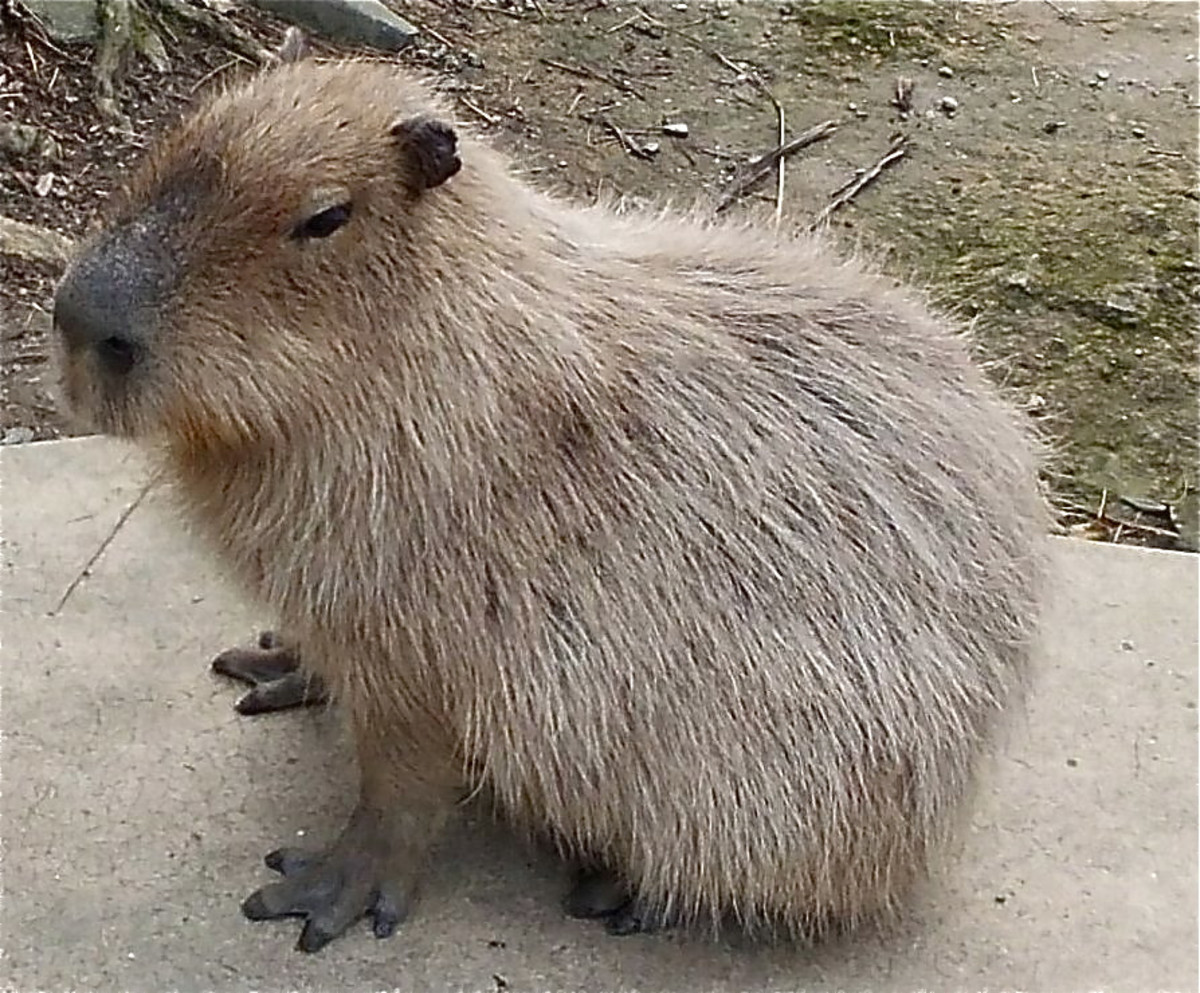

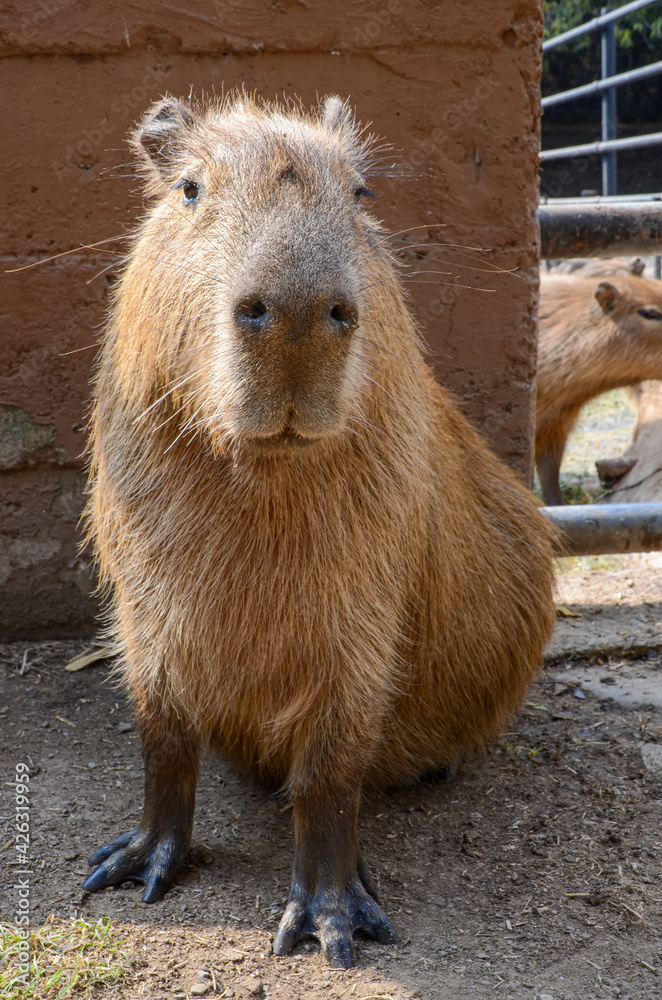
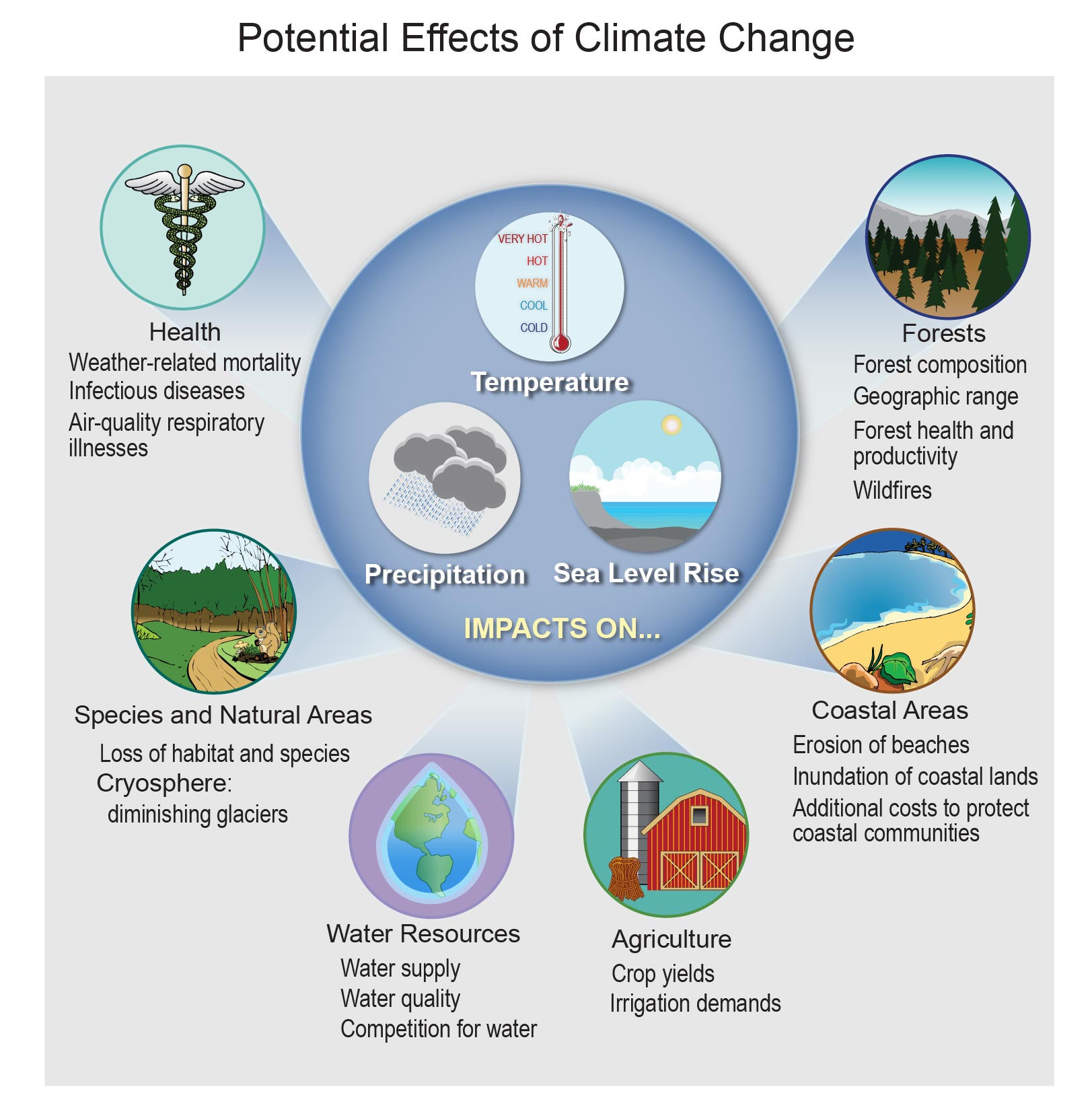

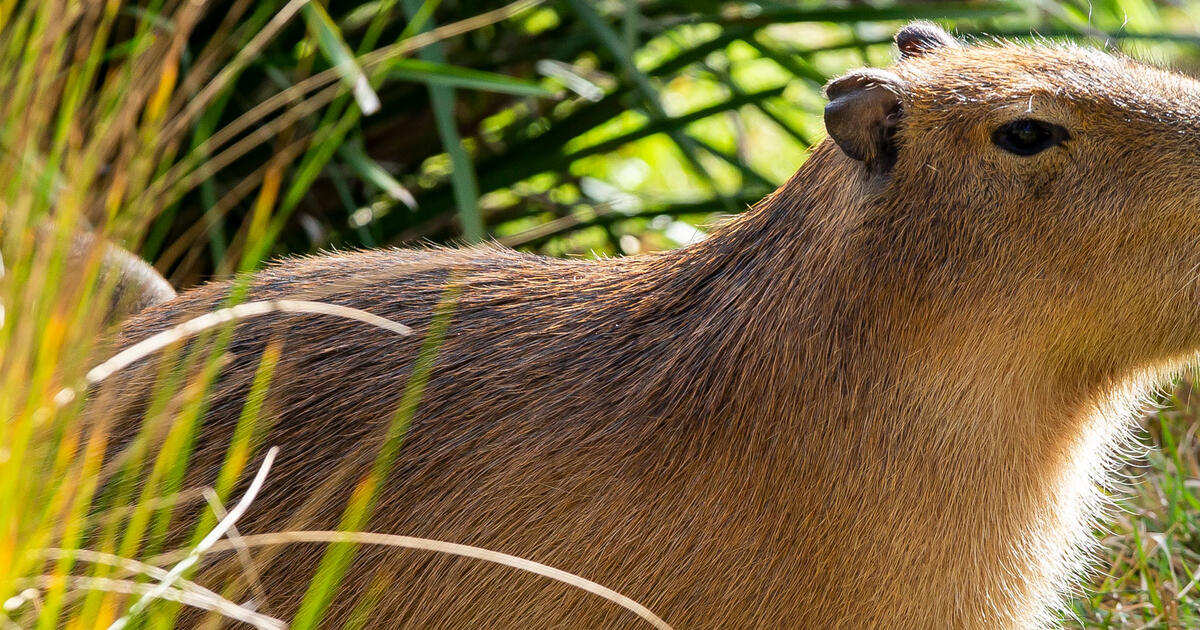
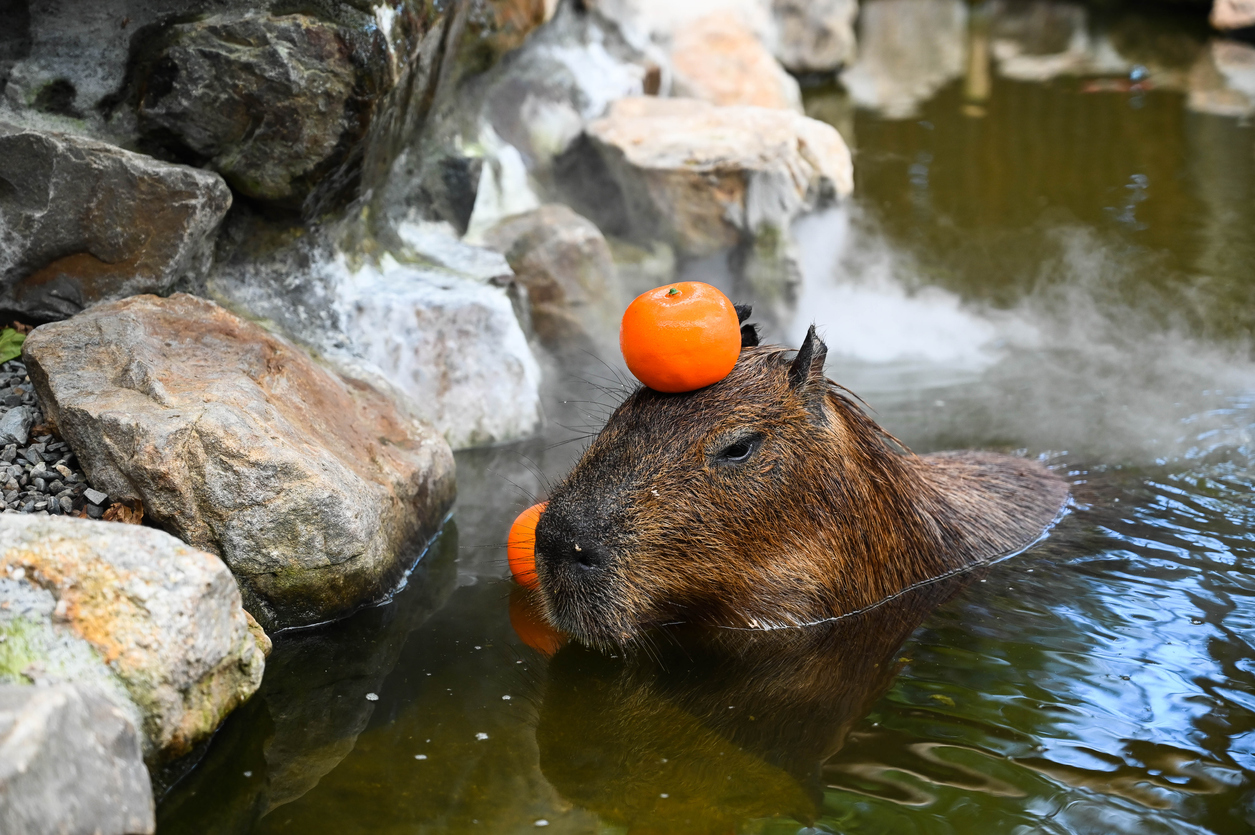

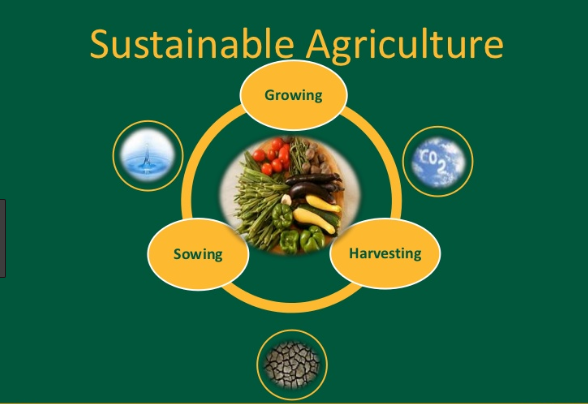
/GettyImages-528162130-53d0c5076eb14915ade61b5d3021294f.jpg)